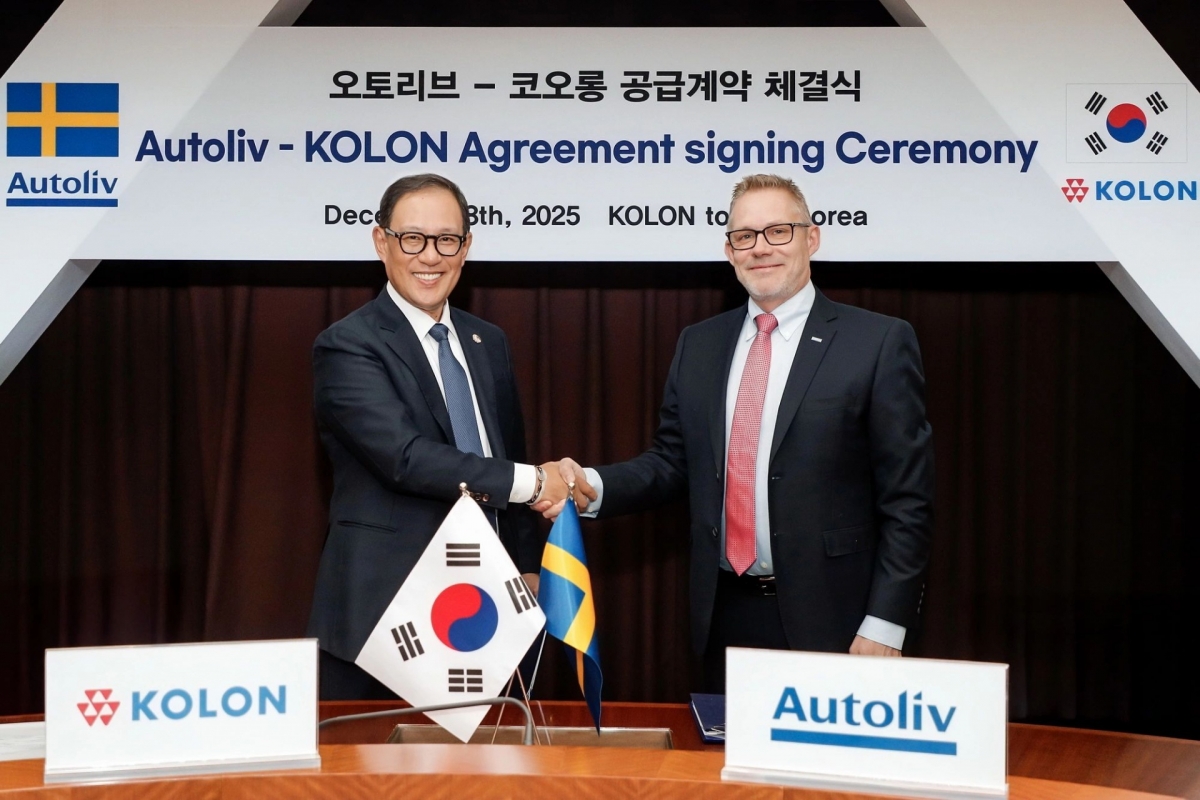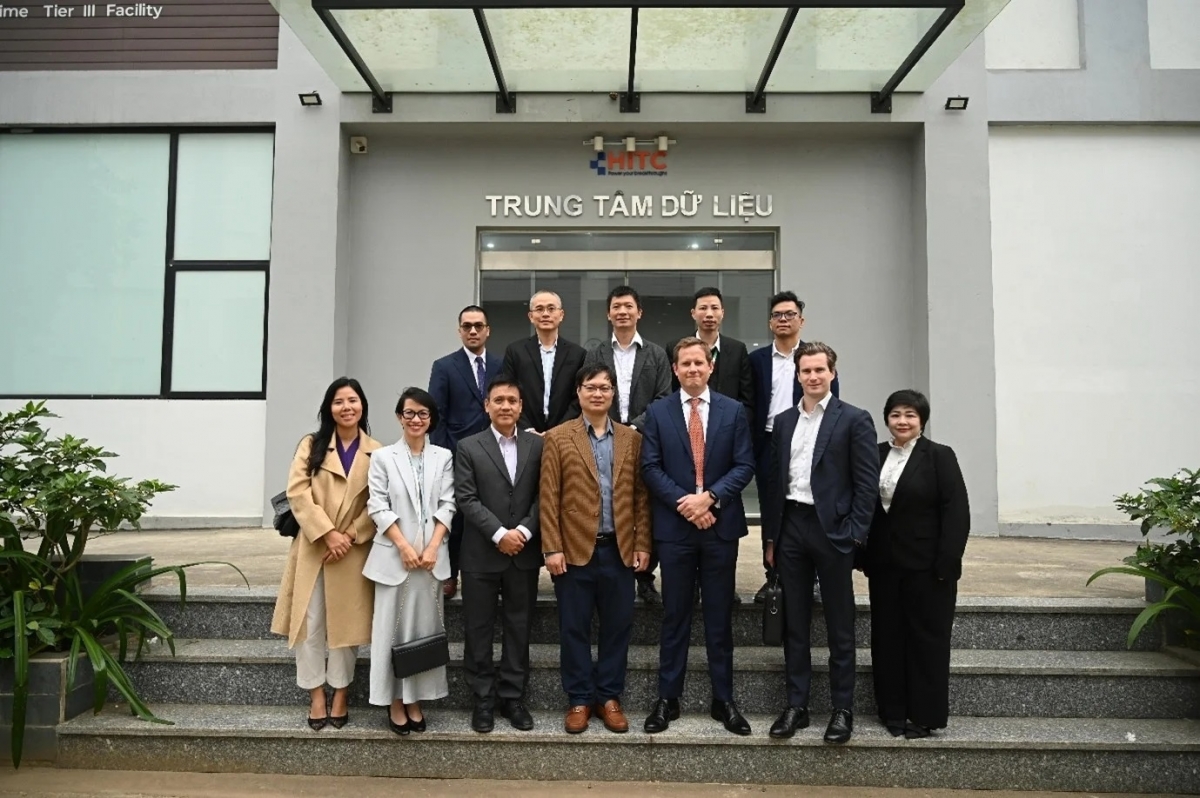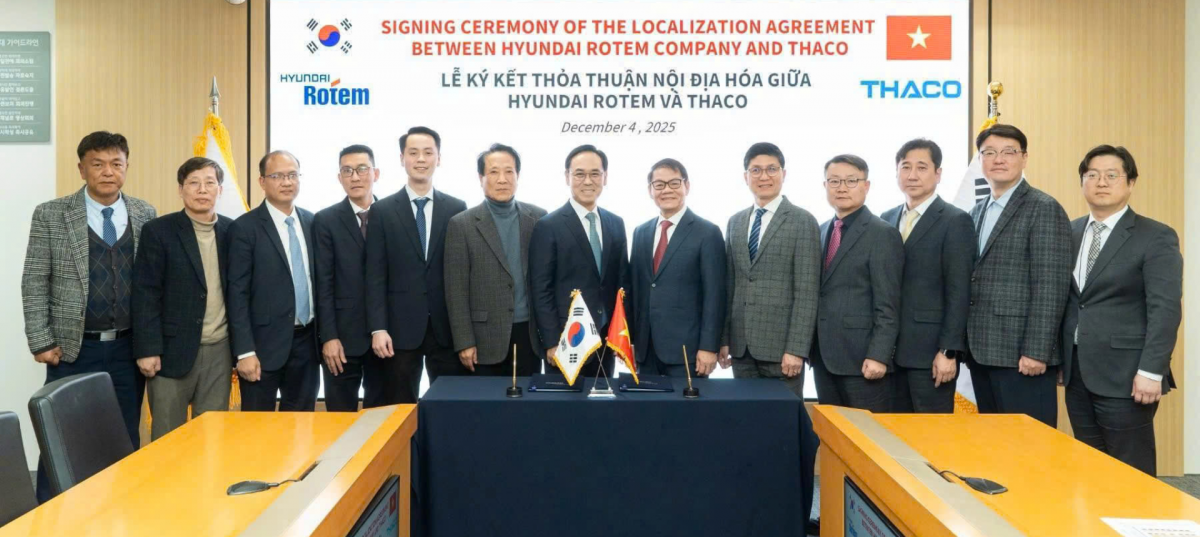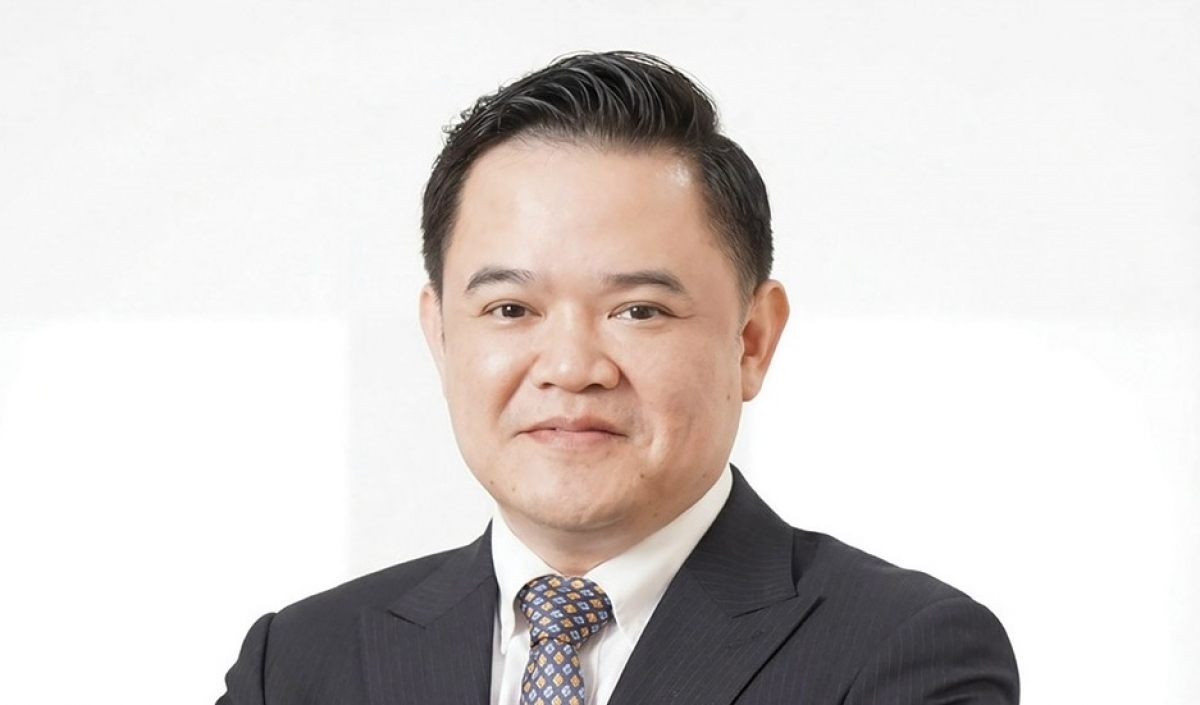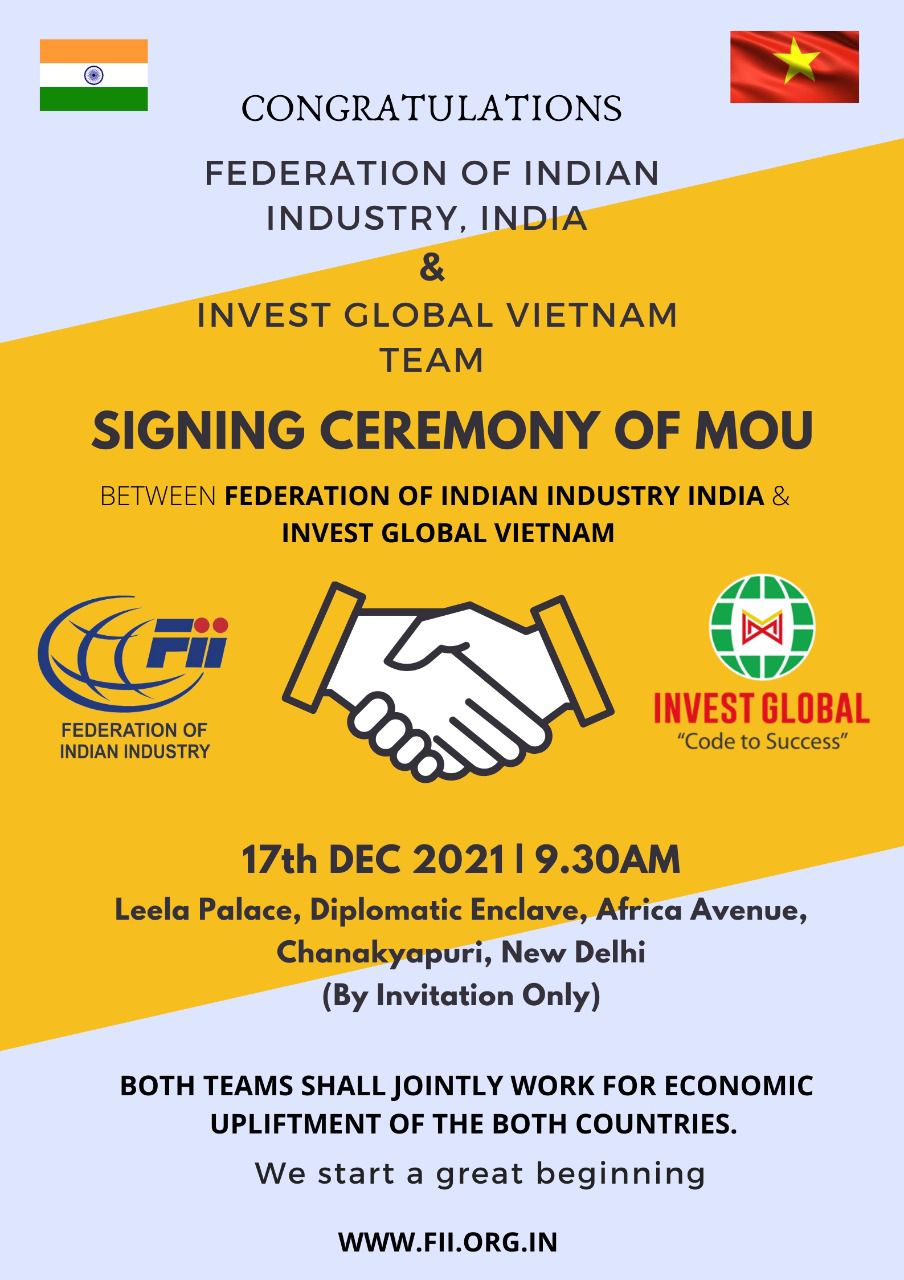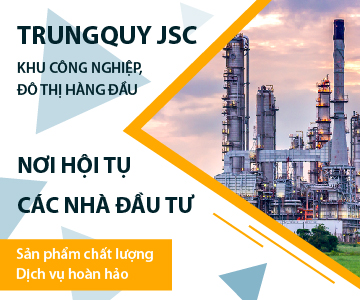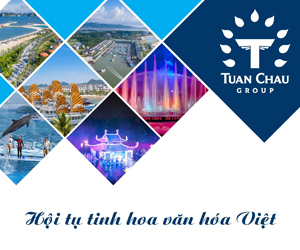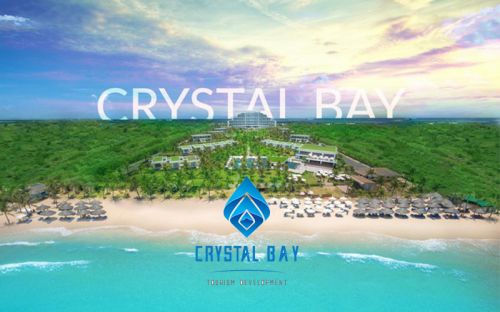INTERNATIONAL INVESTMENT
AND PORTAL
According to the latest data from the National Statistics Office, in the first eight months of the year, foreign investors poured capital into 18 out of Vietnam’s 21 economic sectors. The processing and manufacturing industry took the lead, attracting nearly $15.3 billion, equivalent to 58.5 per cent of total registered funding, marking a 7.7 per cent increase compared to the same period last year.
Recognising the prospects, many property developers have chosen a new direction by investing in the sector.
Several major projects were all launched on August 19, including Vinhomes Vung Ang Industrial Park (IP) with total backing exceeding $510 million.
Operated by Vinhomes Ha Tinh IP Investment, the venture is located in the Vung Ang Economic Zone and is expected to become one of the largest IPs in north-central Vietnam.
Another notable complex is the Phu Yen High-Tech IP from N&G Group, with a total investment of about $90 million. Covering approximately 250 hectares in Hoa Hiep ward of Phu Yen province, the scheme is slated for completion and operation before 2030.
Also in Phu Yen, the Hoa Tam IP (Phase 1) was simultaneously launched. The park boasts investment of more than $160 million from Hoa Tam IP Infrastructure Development, a subsidiary of steelmaker Hoa Phat Group.
This project aims to provide synchronised infrastructure for formation of the Hoa Phat Steel Complex with an annual capacity of six million tonnes, creating more than 24,000 jobs along with various supporting industries.
Meanwhile, some other real estate developers are expanding their business to industrial property. Taseco Group, previously known for its hospitality, low-rise residential, high-rise apartment, and premium office initiatives, has made waves by quickly becoming the owner of several large-scale industrial real estate projects.
In July, Haiphong People’s Committee granted Taseco Land approval for the Taseco Thuy Nguyen IP. The total investment is $153 million. Strategically located adjacent to VSIP Haiphong, one of Vietnam’s most successful IPs, it benefits from strong cluster effects and supply chain development potential.
According to Nguyen Minh Hai, vice chairman and CEO of Taseco Group, infrastructure construction has been ahead of schedule, with nearly 100ha in Phase 1 handed over to investors in Q1. “Phases 2 and 3 are expected to be completed and handed over by the end of the year,” Hai said.
Meanwhile, hospitality and commercial real estate business CEO Group in June established a new subsidiary, CEO IP Development, with charter capital of $17 million. The company aims to build modern, eco-friendly integrated IPs.
According to its CEO Cao Van Kien, the presence of CEO IP not only diversifies the group’s operations but also enhances its ability to capture foreign investment, leveraging strategic locations and regional infrastructure in key areas to generate jobs, drive economic growth, and improve quality of life.
“This move demonstrates our proactive approach in diversifying fields, products, cash flow, revenue, and profit, while timely seizing global supply chain shifts and the surging wave of foreign investment into Vietnam, particularly in high-tech manufacturing, green industries, and logistics,” Kien said.
At the Executive Committee Conference of the Vietnam Industrial Real Estate Association, held in August in Hanoi, chairman Pham Nguyen Toan emphasised that despite significant opportunities, the sector still faces many challenges that must be addressed.
“Environmental, social, and governance considerations are increasingly becoming a passport to attract investment. However, implementation in IPs remains slow, mainly due to high costs, the lack of a shift towards sustainable management practices, shortages in human resources and technology, and policies that do not yet extend to industrial plants,” Toan said.
In addition, infrastructure bottlenecks persist, with transport networks still lacking synchronisation.
“Some IPs located far from seaports and expressways push up logistics costs. Risks of power shortages, overloaded or substandard wastewater treatment systems, and inadequate or poor-quality support services within zones all directly affect productivity and worker welfare,” Toan added.
On the regional level, Vietnam is also under competitive pressure from Indonesia, India, Thailand, and Malaysia, countries offering strong incentives, abundant labour forces, and advantages in certain key manufacturing sectors.
“If policies are not improved, we risk losing our edge, especially in industries where supply chains remain incomplete,” Toan warned.
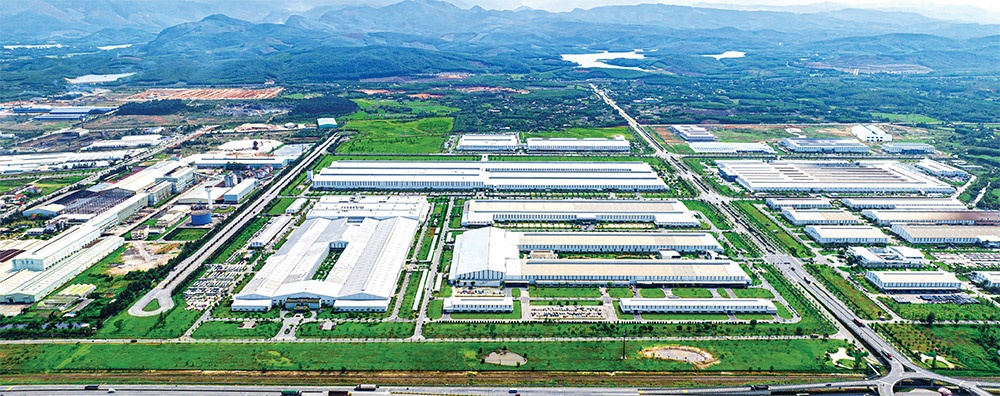
Matthew Jackson, general manager, North Vietnam LŌ-GOI Group

LŌ-GOI Group has ambitious plans for the Vietnamese market. We focus on developing large-scale logistics parks in key economic regions across the north and south, at strategically located sites, with a balanced strategy between ready-built and build-to-suit facilities. Our assets are designed as hybrid ready-built warehouse and factory models of superior quality, going well beyond common standards in terms of quality and adaptability.
Vietnam, together with India, is a strategic hub for us thanks to its strong demographic and economic fundamentals, rapid modernisation, and growing demand for world-class infrastructure. Our projects are tailored to meet the needs of institutional partners, delivering long-term value and transformative impact in fast-growing markets.
Although many aspects of the global tax landscape remain unpredictable, we stay proactive and flexible in its approach. Our assets are designed with built-in adaptability to accommodate the changing needs of diverse customer groups, particularly those that may be affected by policy shifts and tax frameworks.
Vietnam continues to demonstrate a leadership role in balancing global economic pressures, standing out as one of the most reliable and stable environments for both investors and clients.
Regarding administrative reforms in Vietnam, including the merger of provinces and cities, we see this as a strategic opportunity to simplify entry procedures and market expansion. Such changes are expected to improve the business environment and enhance Vietnam’s appeal to operators and manufacturers seeking long-term growth.
John Campbell, director, Industrial Services Savills Vietnam

As global supply chains remain under pressure from the pandemic’s aftershocks and ongoing geopolitical tensions, businesses in Vietnam are adjusting their logistics strategies to enhance flexibility and resilience. Flexibility and strategic accessibility have become key criteria in site selection.
Many companies are expanding into provinces such as Tay Ninh, Quang Ninh, and Hung Yen, rather than focusing only on traditional hubs like Binh Duong or Bac Ninh. In addition, the trend of building dual distribution centres, one in the north to serve China and one in the south targeting ASEAN, is becoming increasingly common.
At the same time, demand for short-term and flexible leases are surging, particularly in sectors such as e-commerce, last-mile delivery, and third-party logistics. New entrants from China, South Korea, and Europe also favour these contracts to test the market. However, multinational corporations or large manufacturers still prioritise long-term leases or build-to-suit models to secure space and control costs.
Although base rents in Vietnam remain competitive, many occupiers now place greater focus on evaluating total cost of ownership, which includes service fees, utilities, maintenance, and delivery expenses amid traffic congestion, especially critical for energy-intensive cold storage.
Beyond costs, environmental, social, and governance considerations and green building standards such as LEED and EDGE are becoming increasingly influential in leasing decisions. Many multinational corporations and major retailers now require facilities with green certification, and features such as solar energy, LED lighting, and water recycling systems are emerging as competitive advantages.
To explore the new landscape of industrial real estate, tackle emerging challenges, and discuss forward-looking strategies, VIR in partnership with the Vietnam Industrial Real Estate Association will host the fifth annual Vietnam Industrial Property Forum on Wednesday, October 29 in Ho Chi Minh City.
Themed “Embracing Change, Positioned to Lead”, the forum will explore Vietnam’s position in the global investment and supply chain landscape, while highlighting new growth drivers for the sector.
The event will also dive into next-generation industrial park models – green, digital, and integrated with data and logistics – and discuss policy, infrastructure, and institutional reforms needed to attract strategic capital.
The forum, which will be livestreamed on VIR’s various platforms, will feature a main forum with leading Vietnamese and international speakers, and will honour outstanding industrial real estate developers with green strategies. There will also be sites visits, as well as an exhibition on products, services, and models of eco-industrial parks and green development.For more information, please visit: www.vipf.vir.com.vn


